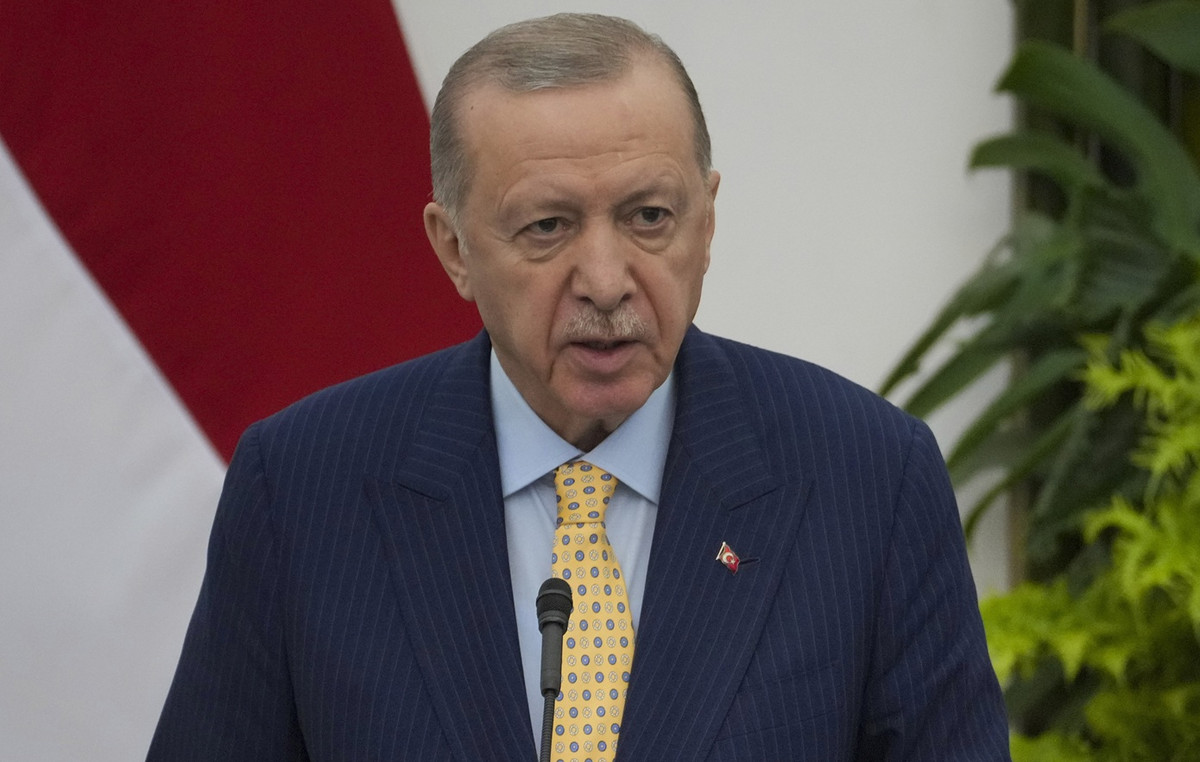During statements made to the press during his weekly firm of executive orders, the president of the United States (USA) Donald Trump added more comments on tariffs, although not necessarily clarity, to your public networks earlier on Friday.
Key points
We are talking about large plants. Technology has advanced a lot in safety and cost.
We need tremendous electricity.
Conversations with the EU are slowly moving forward.
(On his new 50% tariff threat against the EU): I am not looking for an agreement, it is set at 50%.
I could talk about delays in EU tariffs if they start moving plants to the US.
We have numerous other agreements ready to be signed.
(On its proposed 25% tariff, specifically aimed at Apple products (AAPL): it will be more, it will also be for Samsung.
If Apple and Samsung build a plant in the US, there will be no tariff.
Cook said he would go to India, but there would still be tariffs that way.
If they are selling in the US, you need to be built in the US.
I don’t want the consumer to pay the tariffs. Tariffs are helping, not harming.
Some products that the US does not want to manufacture, are better in other places.
Market reaction
Investors barely blink over the continuous lack of clarity about the new wave of tariff rhetoric of President Trump, having already sold and recovered throughout the market session in commercial holders. The markets are directed at the end of the weekend prepared for a three -day weekend, leaving the US dollar index (DXY) to sink at the lower end of about 99.00.
FAQS tariffs
Although tariffs and taxes generate government income to finance public goods and services, they have several distinctions. Tariffs are paid in advance in the entrance port, while taxes are paid at the time of purchase. Taxes are imposed on individual taxpayers and companies, while tariffs are paid by importers.
There are two schools of thought among economists regarding the use of tariffs. While some argue that tariffs are necessary to protect national industries and address commercial imbalances, others see them as a harmful tool that could potentially increase long -term prices and bring to a harmful commercial war by promoting reciprocal tariffs.
During the election campaign for the presidential elections of November 2024, Donald Trump made it clear that he intends to use tariffs to support the US economy. In 2024, Mexico, China and Canada represented 42% of the total US imports in this period, Mexico stood out as the main exporter with 466.6 billion dollars, according to the US Census Office, therefore, Trump wants to focus on these three nations by imposing tariffs. It also plans to use the income generated through tariffs to reduce personal income taxes.
Source: Fx Street
I am Joshua Winder, a senior-level journalist and editor at World Stock Market. I specialize in covering news related to the stock market and economic trends. With more than 8 years of experience in this field, I have become an expert in financial reporting.







